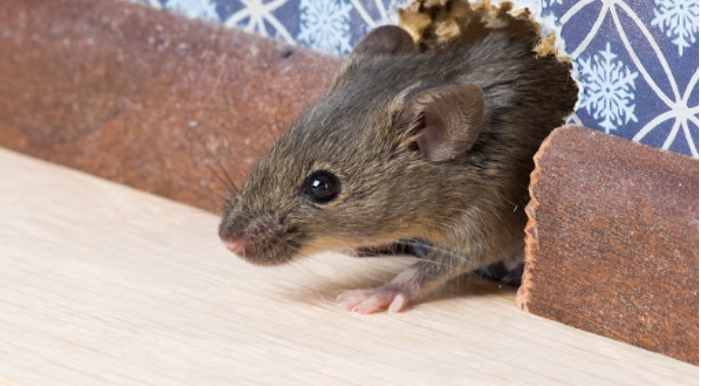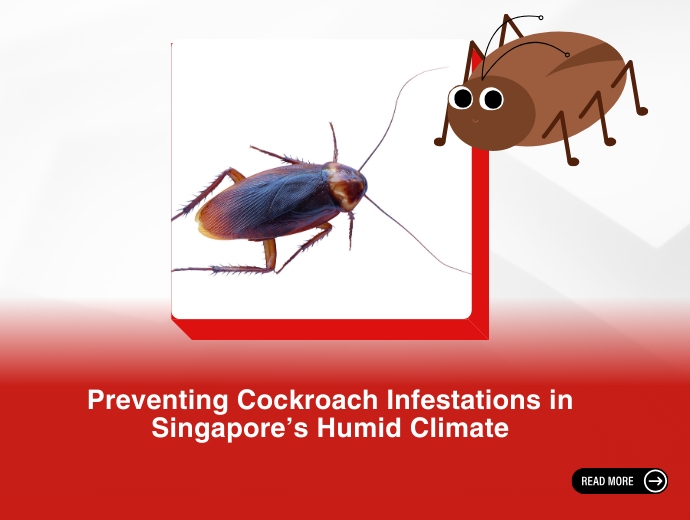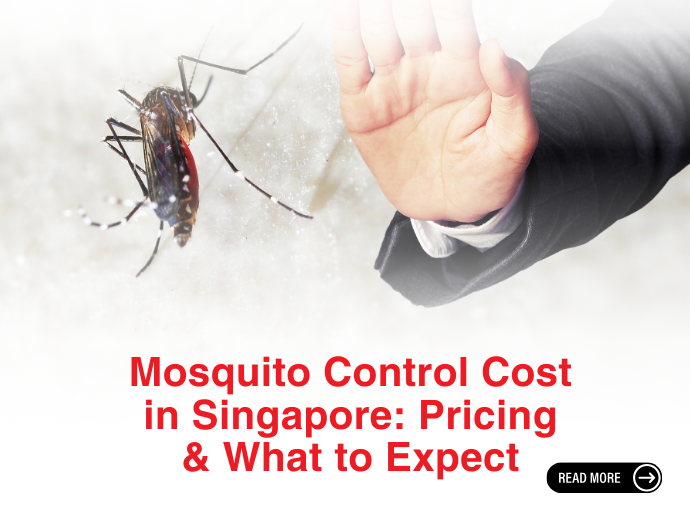Introduction:
Rodents in your homes and offices can cause severe complications. They need to be treated immediately and effectively by professionals in pest control and pest management. ORIGIN Exterminators is one such leading company in Singapore.
We aim to give you some efficient methods for rodent control and rodent management in Singapore. Before figuring out how to get rid of rodents, let us start by learning what complications these pests can create.
Diseases Carried By Rodents
Rodents have plagued mankind for thousands of years. They invaded our dwellings, food stores, museums, offices, and even transport vehicles. They not only destroy our food and contaminate food items, transmit disease-causing pathogens.
Rat-Bite Fever
All rodents can carry bacteria and viruses that cause infections in people Transmission can happen from a nibble or scratch or contacting a dead rat or through consumption of food or water contaminated with the urine and droppings of rodents carrying the bacteria.
Leptospirosis
Leptospirosis is a microscopic organism conveyed by numerous rodents. The disease can happen by eating or drinking tainted food and water.
Salmonellosis
Eating food or drink that has been sullied by rodents conveying the microorganisms can bring about salmonellosis food contamination.
Plague
Wild rodents are common carriers of this illness. You can get ill by contacting the rodent or a bug bite from a contaminated rat.
Read More >> How Does a Rat Infestation Put Your Health at Risk?
Rodent Population Size
If rodents are seen at night but never during the day, the population has probably not gotten too large. If you are seeing any rodents during the day, numerous fresh droppings or new gnaw marks, it is likely that the population is very large and will require professional rodent management services.
Appearance: Rats are bigger than mice and have coarse red, earthy coloured, dark, or black hide, and a long, flaky tail without fur. A developed rat can go from anywhere between 28-50 cm in length (counting the tail) and be as large as a pound in weight. Mice, on the other hand, have huge ears and little dark eyes. They have a fine hide that can be dark, dim, or earthy coloured and an 8-10 cm long, smooth tail.
Pee Odour: Rat pee has a solid musky smell. This is relatively easy to identify with larger infestations as there will be an ongoing stale smell coming from hidden areas.
Bite Marks: Bite marks about 3 mm long are signs of rats, and little scratch marks are an indication of mice. Rodents may chew through window and door frames, baseboards, cabinets or walls to gain entry. Look for very small tooth marks and small wood chips left in the area to indicate that rodents have entered. Electrical problems may be the result of a rodent infestation. This is a dangerous situation that can result in a fire.
Nests: Mice will shred paper, string, and other malleable materials to construct their homes inside. Rats ordinarily make homes over the ground in lofts, trees, or thick vegetation.
Droppings: Mouse droppings are tiny, about half a cm in length, and pointed on the two ends. Rat droppings can be about 1.5 cm or bigger.
Grease marks: Rodents are so dirty that their bodies leave behind grease marks as they travel along walls. Darker grease stains generally indicate heavier activity in that area.
Noises, Particularly At Night: Rodents are creatures of the night. Sounds are most often described as scratching, squeaking, gnawing and very light scurrying.
Nests: Rodents will use materials such as shredded paper, fabric, or dried plant matter to make their nests. If these areas are found and have any of the other signs of current presence (fresh droppings, gnawing, odor, or tracks) it is likely that there is still an infestation on your property.
Damage: You discover packaged foods are gnawed open. If you notice items that have been chewed upon and opened. Closely examine pet food bags for damage.
Actual Sighting: An actual sighting confirms your suspicion that you do indeed have a rodent onsite. At times you may see a rodent scurry along the floorboard.
Read More >> 4 Signs Of Rat Infestation At Your Workplace
Effective Rodent Control Strategies adopted by Professionals
To understand rodent control, the first step is to identify them and know which traps and pests are best for controlling them.
1. Snap Traps
This is the most common kind of trap and uses a spring-stacked bar to annihilate the rodent on contact. Some advanced snap traps prevent any danger to youngsters and pets by encasing the gadget in a plastic box.
2. Rodenticides
Rodenticides are synthetic compounds made and sold to kill rodents. While usually sold as "rat poison", rodenticides are additionally used to exterminate mice, shrews, rats, and other types. Rodenticides are dangerous to use and require multiple applications.
3. Glueboards
It is a non-poisonous cardboard glue trap that captures rodents on contact. It has no insecticides or rodenticides, and we usually place food bait to act as an attractant to the rodent.
4. Electronic Trap
This battery-controlled snare conveys an electric charge that executes rodents rapidly. This is a more up-to-date kind of trap, and models are accessible for the two rodents and mice.
Rodent Exterminator in Singapore

Presenting ORIGIN Exterminators, the premier pest control and management services in Singapore with over 35+ years of experience with a large variety of pest-related problems, and ORIGIN is here to help make the city clean and hygienic. RATSENSE is a rodent surveillance and management solution that integrates technology and data to provide essential insights on rodent activity for effective rodent control & management.
RATSENSE is the proprietary solution that identifies entry points, analyses rodent population and activity spikes by setting up an early warning system, tracks, and targets nests and hotspots so that ORIGIN is able to exterminate the rodent population down to the source.
Conclusion
Join hands with ORIGIN, the leading pest control and management service in Singapore, for effective rodent control and to eliminate other pests that are harmful and disturbing to your family and employees.







.png)
